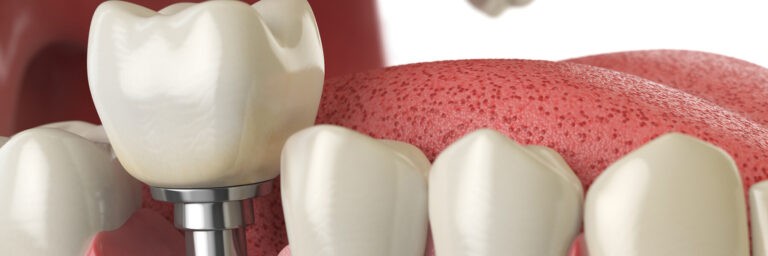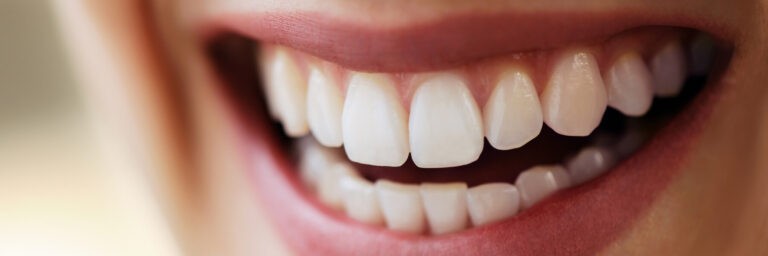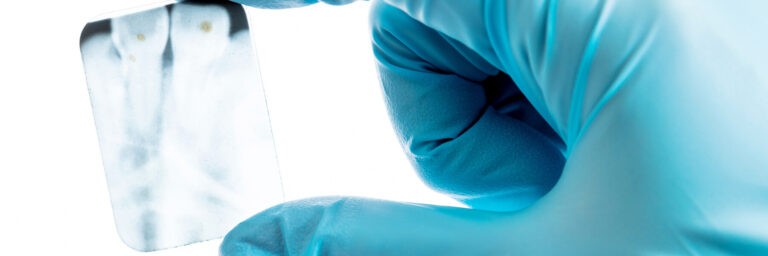Wisdom Extractions

A wisdom tooth, in humans, is any of the usually four third molars. Wisdom teeth usually appear between the ages of 16 and 25. Most adults have four wisdom teeth, but it is possible to have more, in which case they are called supernumerary teeth.
Wisdom teeth commonly affect other teeth as they develop, becoming impacted or “coming in sideways.” They are often extracted when this occurs. About 10% of the population do not develop wisdom teeth at all.
It is necessary to have a panorex x-ray taken for the evaluation of wisdom teeth. With this x-ray, the head of the x-ray machine circles around the outside of the patient’s head and shows all the teeth, their roots and the nerve bundles. Based on the level of difficulty, the doctor and patient will determine whether we will do the extractions or they will be sent to an oral surgeon. We do almost all of our extractions and only a few are referred to an oral surgeon. If a patient wants general anesthesia, they will be sent to a surgeon. We do all extractions with local anesthesia. For those who are very apprehensive, we can give a prescription for a drug that will make them less apprehensive. If they want to have that drug, they must have someone else drive them to and from their appointment with us.
Patients who had orthodontic treatment find it necessary to have their wisdom teeth extracted because the wisdom teeth will push the other teeth forward, causing crowding.
As wisdom teeth are trying to cut through the gum, the gum may become infected. This condition is called pericoronitis and is usually treated with antibiotics and then followed up with extractions.







